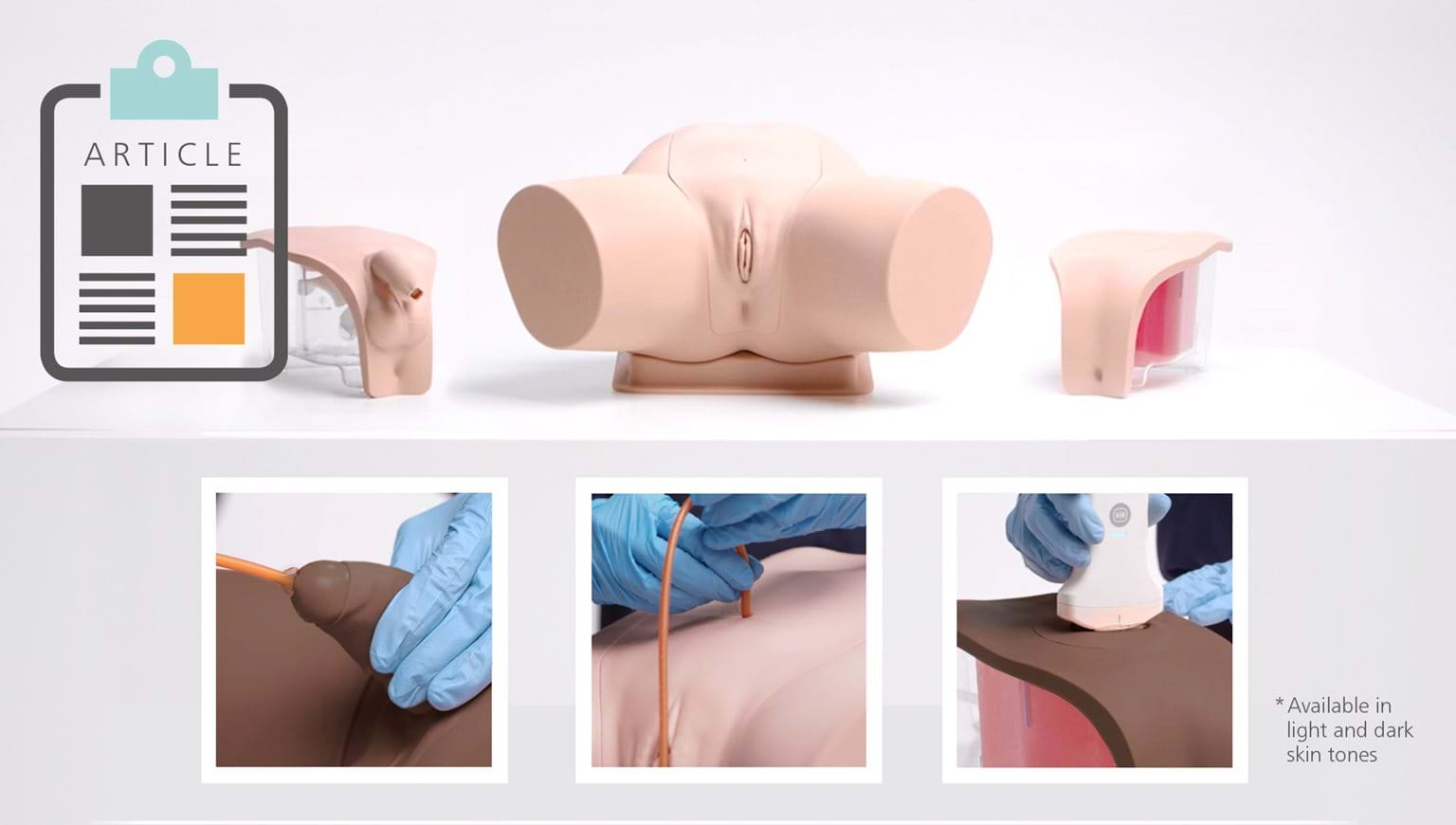News
How Urinary Catheterization Trainers Can Save 13,000 Patients a Year
02 September 2020
Urinary tract infections are among the most common Healthcare Associated Infections (HAI), accounting for 13,000 deaths each year. Even more concerning, according to the Centers for Disease Control and Prevention approximately 75% of all urinary tract infections are associated with the presence of a urinary catheter.

About 25% of all hospitalized patients have an indwelling catheter during their stay, and the risk for Catheter-Associated Urinary Tract Infections, or CAUTI, increases with each day the catheter remains in place. CAUTI can cause increased pain and discomfort for the patient, and they can increase the length of the patient’s hospital stay, therefore increasing hospital costs that are not covered by insurance. An Australian study concluded that a patient who had developed CAUTI would, on average, increase their hospital stay by four days. Another study conducted in the United States detailed that, while the cost of treating a case of CAUTI widely depends on ‘population, patient acuity and cost perspective’, it is still expected to exceed a financial output of at least $1000 per patient.
In 2009, R. Douglas Scott II estimated that CAUTI was costing the US healthcare system between $340 million and $450 million, while statistics in the previously referenced study in the United States actually suggests that number is closer to $1.7 billion.
Given that that a large proportion of CAUTI instances can be prevented, the financial cost attributed to treating CAUTI cannot be justified. Aseptic insertion and removal techniques, strict management, and prompt removal of the catheter when no longer needed can aid in lowering the risk of CAUTI.
The urinary catheterization procedure is taught worldwide in many medical settings, including undergraduate medicine, post-graduate medicine, nursing and physician assistant/associate. Despite the importance of urinary catheterisation as a core skill, it is apparent that the proper training does not transfer to proper practice in the clinical setting.
Affordable medical simulation training solutions can standardize training and annual competency of healthcare providers, and in this case, reduce the incidence of CAUTI.
Todsen et al. found in Short- and long-term transfer of urethral catheterization skills from simulation training to performance on patients that “medical students demonstrated good transfer of urinary catheterization skills learned in the skills lab to real clinical situations up to six weeks after training”. The research team also recommended that “simulated urinary catheter training should be the standard for all medical school curricula to reduce avoidable complications.”
The new Catheterization Trainer Range from Limbs and Things provides a cost-effective and versatile collection of products, enabling teaching and learning of urinary and suprapubic catheterization on both female and male models.
A key feature of the new Limbs & Things urinary catheter range is the anatomically correct transparent pelvic shell, allowing the trainee and instructor to track the progress of the procedure, allowing for real-time feedback, encouraging standardization for skills and competency training.
Article originally written for and published on HealthySimulation.com


